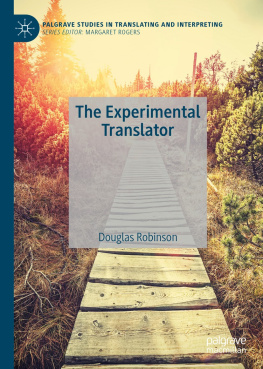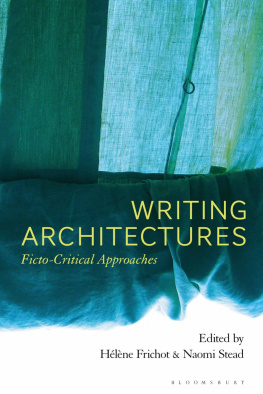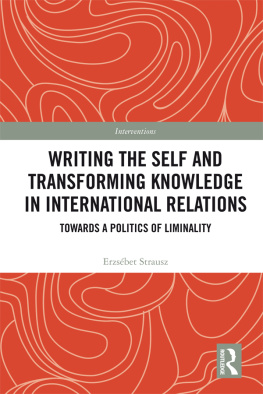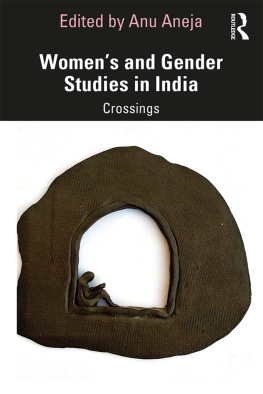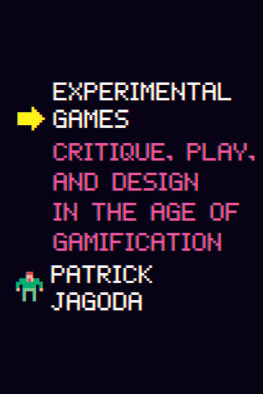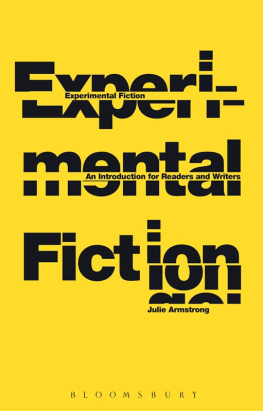Womens Experimental Writing
Womens Experimental Writing
Negative Aesthetics and
Feminist Critique
Ellen E. Berry
Bloomsbury Academic
An imprint of Bloomsbury Publishing Plc

Contents
Freedom is nothing if it is not the freedom to live at the edge of limits where all comprehension breaks down.
George Batille, The Impossible, 40
Womens Experimental Writing: Negative Aesthetics and Feminist Critique analyzes work by six contemporary authors who use experimental methods and negative modes of critique to innovate in the forms of fiction and of feminism: Valerie Solanas, Kathy Acker, Theresa Hak Kyung Cha, Chantel Chawaf, Jeanette Winterson, and Lynda Barry. The works I consider span the period 19671999, roughly the era during which contemporary Western feminisms emerged as a diverse set of political aspirations and practices, new knowledges and approaches to knowledge production, legal accomplishments, alternative institutions, oppositional discourses and other activist practices, critical theories, and complex cultural forms. The book traces one neglected tributary of this emergence by focusing on the nature of and rationales for these writers strategies of literary negation in order to assess their feminist consequences and argue for the importance of negative literary, political, and philosophical critiques to the ongoing projects of feminist/gender studies.
Although they differ in many ways, the writers I analyze share a commitment to combining extreme content with formally radical techniques in order to enact varieties of gender, sex, race, class, and nation-based experience that, these writers suggest, may only be represented accurately through the experimental unmaking of dominant structures of rationality. Positioned as they are at the limits of traditional models of literariness, these works offer not a poetics of liberation but an aesthetics of negation in which style supports antisocial forms of radical refusal. Among other things, a careful examination of these writers enables us to understand contemporary feminisms as carrying forward avant-garde agendas as they attempt to join radical social and radical aesthetic critiquesone hallmark of all avant-gardes. Collectively, these works allow us to historicize an ongoing tradition of radical literary expression within contemporary feminist cultural forms more generally. While two of the authors I considerKathy Acker and Jeanette Wintersonhave received considerable attention in studies of contemporary fiction, there is no study that contextualizes their work in relation to other contemporary women who write in negative aesthetic modes. The contextualization provided by this book not only discloses an ongoing legacy of radical critique within contemporary womens writing, it also opens new perspectives on the work of these more well-known writers. For example, the radical voice that Acker constructs in Blood and Guts in High School, seems less sui generis when read in relation to the persona Valerie Solanas creates in her SCUM Manifesto. And both help to illuminate the cruddy affect disclosed in Lynda Barrys work.
Throughout this study I use the term negative aesthetics to refer to a varied set of thematic concerns (e.g., an emphasis on extreme, bizarre, or violent situations especially involving the female body; the traumatic and pathological nature of human relations within contemporary capitalist heteropatriarchy; anarchistic and apocalyptic visions); formal strategies (e.g., techniques for producing indeterminacy and lack of closure; strategies emphasizing silence, absence, loss, blankness, incompleteness, fragmentation; an antiliterary emphasis on crudeness, stupidity, irrationality, inarticulateness, unbecoming; thoroughgoing deconstructions of conventional genre forms such as the Bildungsroman); highly self-conscious and theoretically aware texts that emphasize varieties of feminist postmodernism such as the instabilities of the gendered subject in discourse or viral critiques and fatal strategies; self-consciously avant-garde or outsider angles of vision pushed to the limits of traditional genres, norms, and strategies for sense making. Taken as a whole, these textual features and political commitments constitute a radical critique of all structures of domination and inequality and thus produce a kind of extreme or limit feminism not easily assimilated within conventional rationalist frameworks.
The term postmodernwhich I use throughout this studyrefers to a diverse range of histories, theories, discourses, cultural, and artistic forms. First, postmodernity describes a historical period stretching roughly from the 1960s to the present and distinguished by a number of significant changes from former eras. These include globalization, a multidimensional set of social, political, economic, cultural, environmental processes that create, multiply, stretch, and intensify worldwide social interdependencies and exchanges, creating a decentered, disjunctive, deterritorialized world of global flows, whose complexity makes them nearly impossible to map.
Postmodernism refers to a set of ideas, stylistic traits, aesthetic features and thematic preoccupations in contemporary art and culture. In literature this includes a radical suspicion of narrative form, including a narrative account of history. Emphasis falls on disruption of narrative hierarchy, causal structures, clear teleology, and realist characters. In their place are techniques that stress fragmentation, indeterminacy, dispersion, randomness, contradiction, ambiguity, irony, extremity; an emphasis on performative modes and reflexive structures; a valuing of hybridity and multiplicity as in hybrid genres, subjects, worlds. Thematic emphases on radical difference, heterogeneity, multimodality, instabilities of identitysuggest a breakdown in the official story as formerly repressed voices (of women, minorities, queers, outlaws of all kinds) emerge into the mainstream.
The various developments in philosophy and critical theory commonly grouped under the term poststructuralism also share a cultural ethos with postmodernism and they raise many of the same ideas. Features include antifoundationalism, a critique of all claims to universality or absolute truth. Such claims are disrupted through exposure of the unacknowledged assumptions and contradictions upon which they rest. Deconstruction emphasizes the instability and inexhaustability of meaning-making systems and it disrupts the pretense that language unproblematically reflects the real world. Language and other sign-systems instead construct meaning, truth, the subject, and history, and these meanings are themselves unstable, partial, changing, and situated. Any truth-claim or master-narrative therefore is partial, interested, and incomplete. An antifoundational emphasis also stresses the complexities and instabilities of identity leading to a deconstruction of the centered rational humanist subject. This marks a big departure from Enlightenment views of the self, which conceived of the subject as stable, unified, freely acting. The postmodernist subject is less a self than a site where a series of languages, cultures, social structures interact. These structures are themselves shifting and mutable and always implicated within power relations. Deconstruction also fits into a more general postmodernism since it is part of that vast bringing forward of subjects and experiences that have been erased in the past or that existed on the margins of culture, as the texts in this study do.



